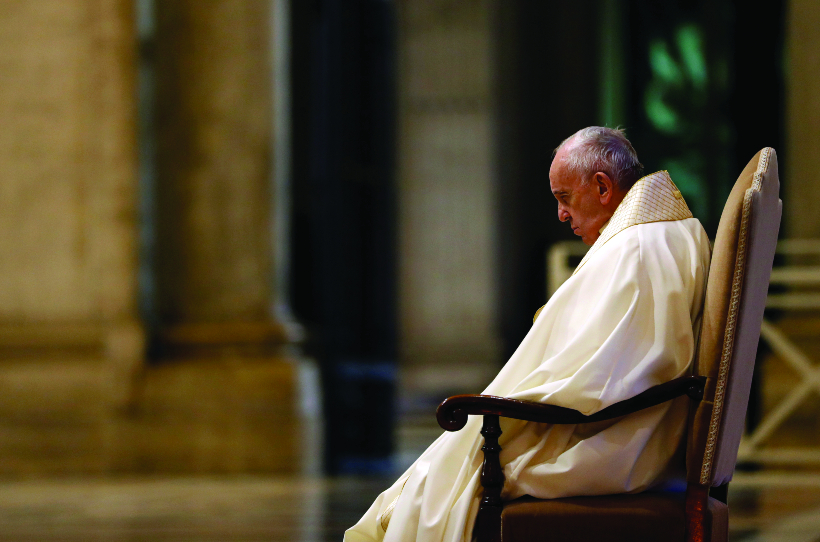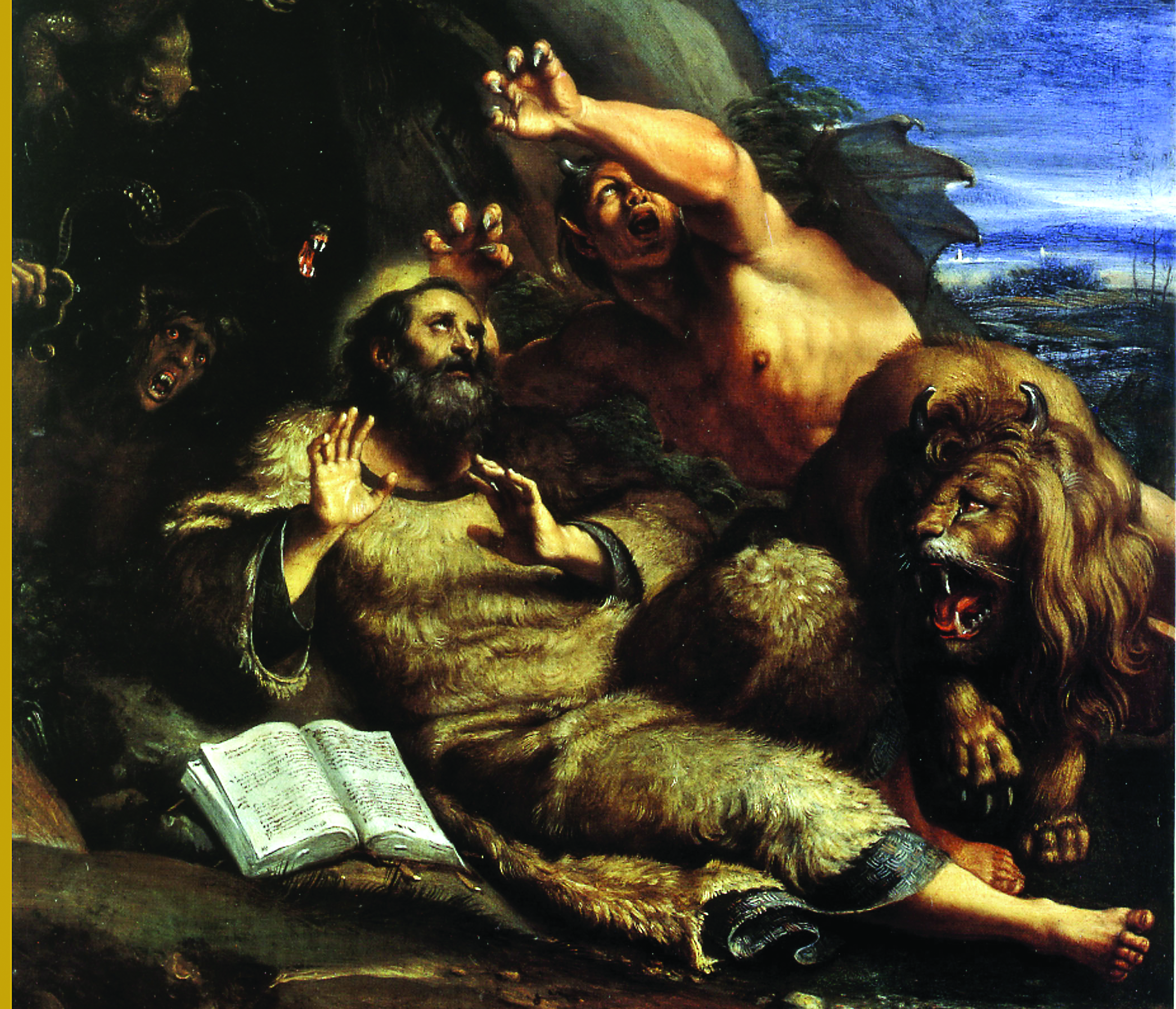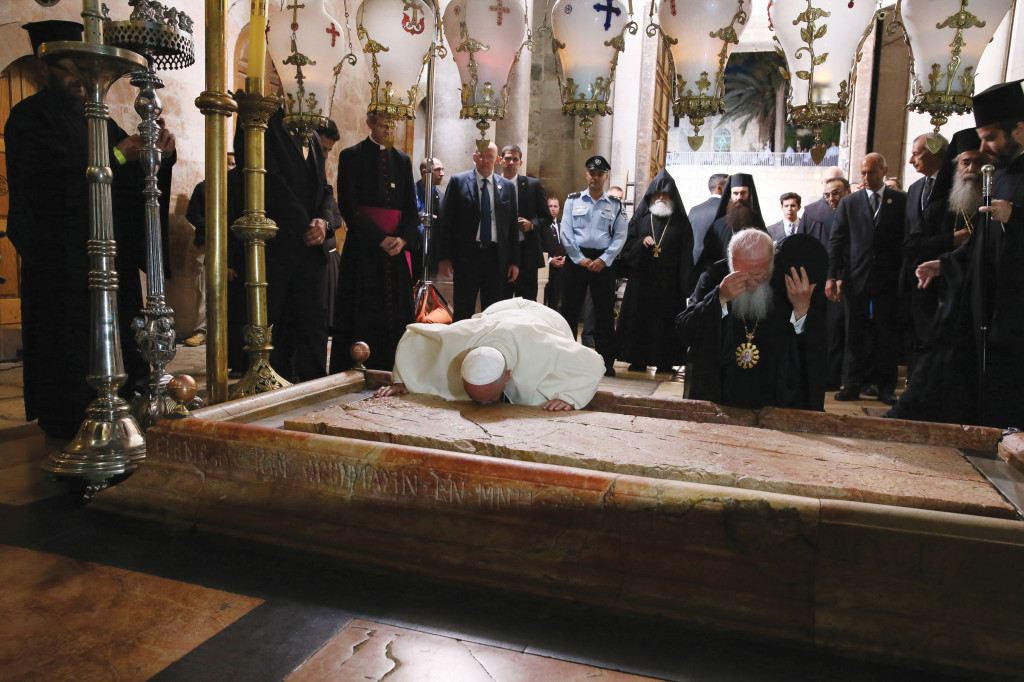A reproduction of parts of Matera, the city in southern Italy called the “Italian Jerusalem.“ The scene also cost far less than last year’s nativity scene.
We know what Jerusalem was like when Jesus lived 2,000 years ago thanks to the description provided by Josephus Flavius. As described by the Roman-Jewish historian, Jerusalem must have been very similar to Matera, a small town in Basilicata (in ancient times referred to as Lucania), a region of Southern Italy.
Matera is made up of districts (called Sassi in Italian) of white houses built on the slope of a deep ravine in the shape of an amphitheatre. Even the nearby landscape is reminiscent of that of Jerusalem: the rocks are calcareous, the light is almost identical, and so is the topography of the area.
When film director Pier Paolo Pasolini decided to shoot a film based on St. Matthew’s Gospel in 1964, he chose Matera as the setting of his film. Other film directors have worked here too; the most famous of these is Mel Gibson, who spent several months in the town center. The worldwide success of this masterpiece, The Passion of the Christ, has led people to identify the lanes of this Italian town with ancient Jerusalem.

2012 Nativity scene in St. Peter’s Square and its creator, Francesco Artese.
The Nativity scene decorating St. Peter’s Square this year comes from Lucania as a gift from the local authorities to Benedict XVI. It is the work of Francesco Artese, a local artist, the creator of Nativity scenes in many prestigious places of worship who, on this occasion, was assisted by Vatican staff.
The work of Artese features the reproduction of the Sassi of Matera with its white houses built on the slope of the deep canyon. Three well-known churches of the area can be recognized. On the lower right is the Church of St. Nicholas of the Greeks and the interior of the Church of St. Augustine (in Matera and its environments there are 155 churches and hermitages dating back to the Middle Ages, built by monks who lived on agriculture); the upper part features the façade of the Church of St. John the Baptist.
In this setting the author has placed more than 100 figurines: those in the foreground are 32 centimetres (about 12 inches) tall, those in the background 26 centimetres (about 10 inches).
The Nativity scene, which is 8 meters high (about 25 feet), is placed on a platform measuring 11 x 13 meters (about 35 by 40 feet), which amounts to about 150 square meters (1,400 square feet). It is surrounded on three sides by a large canvas showing reproductions of 9th century frescoes situated in the so-called Crypt of Original Sin, a rupestrian crypt a few kilometers from Matera; it is referred to as the Sistine Chapel of the Middle Ages thanks to the extraordinary quality of its frescoes. The lighting of the Nativity scene was set up by stage designer Mario Carlo Garrambone, who has employed the lighting equipment used on film sets.
This year’s Nativity scene is a novelty in another respect: it cost the Vatican only € 21,800 (about $28,000) — € 180,000 less than last year, as Monsignor Giuseppe Sciacca, secretary general of the Vatican governor’s office, pointed out. The rest of the cost was covered by the Regional Council of Basilicata and other sponsors.





Facebook Comments